The Heian Period is a fascinating time in Japanese history, marked by a flourishing of art, literature, and intellectual pursuits as the capital moved to Heian-kyō. This shift set the stage for a profound cultural renaissance. However, beneath the artistic achievements, there were complex power struggles, with the influential Fujiwara clan exerting control and shaping the political landscape.
This period also saw the rise of the samurai class and the emergence of distinct Japanese cultural expressions, making it a transformative era in the nation’s history. The interplay between cultural growth and power dynamics during the Heian Period provides insight into Japan’s past and the forces that shaped the nation’s trajectory.
Table of Contents
ToggleThe Heian period, which lasted from 794 to 1185, was a time of great cultural flourishing and intricate power struggles in Japan. This era saw a surge in art and literature, especially with the development of unique Japanese scripts, katakana and hiragana. Women in the court played a crucial role in shaping vernacular literature, creating insightful and expressive works that offered a glimpse into the society and culture of that time. Additionally, the period marked the dominance of the influential Fujiwara clan, who shaped the political landscape.
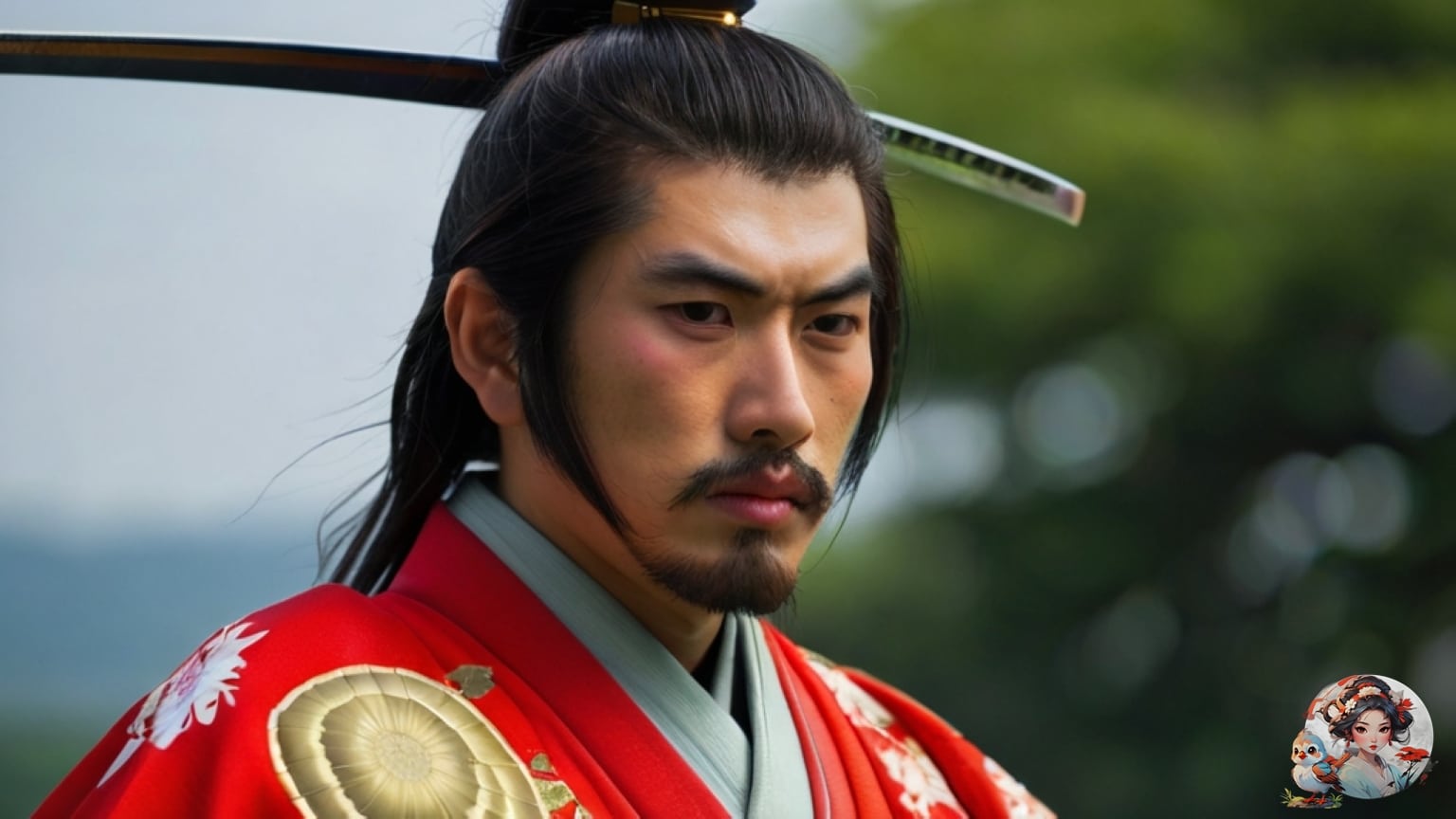
The art and literature of the Heian period not only showcased the cultural sophistication of the time but also served as a way for court women to express their experiences and perspectives, providing valuable insights into the society of that era.
During the Heian period, Japan’s culture was greatly influenced by China, but over time, Japan developed its own unique cultural identity. This included the creation of distinct Japanese scripts, such as katakana and hiragana, which reduced the reliance on Chinese characters.
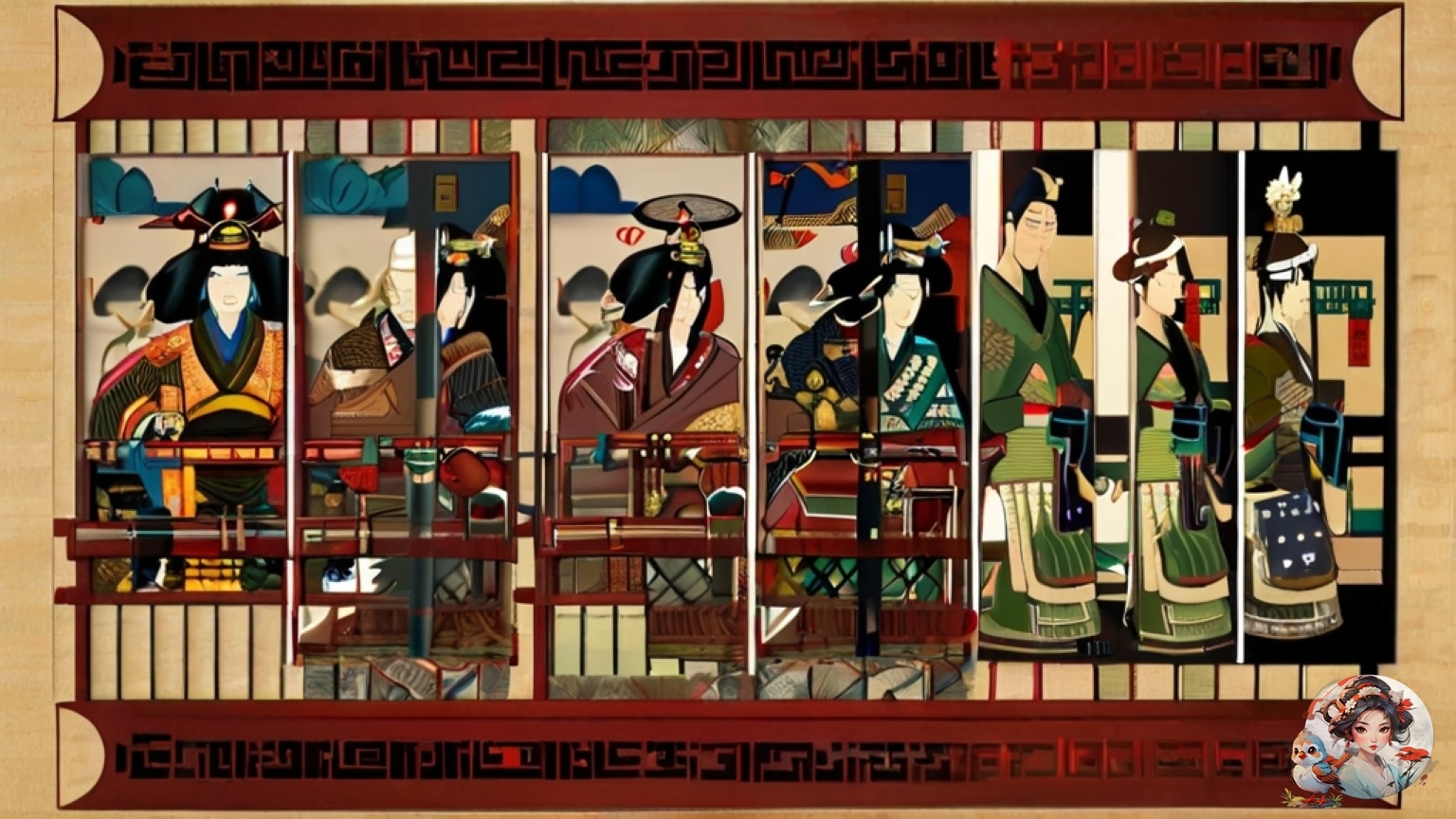
Additionally, there was a shift towards using vernacular Japanese in literature, particularly by court women, showcasing a move towards a more indigenous literary tradition. However, it’s important to note that there were still disparities in education based on gender, with men receiving more Chinese education than women. This transformation reflects Japan’s ability to blend external influences with its own cultural expressions.
The Heian period in Japan was a time of intricate power dynamics that shaped imperial governance and societal influence. The Fujiwara clan held significant control, with many emperors having mothers from this family. The economy relied on a feudal hierarchy, where the shōen system allowed the aristocratic elite to amass wealth, contributing to the concentration of power.
However, this concentration also led to challenges, as the government struggled to effectively police the territory, resulting in frequent robberies. This economic system, intertwined with the power dynamics, played a pivotal role in shaping the societal structure of the time, highlighting the interconnectedness of political and economic forces during the Heian period.
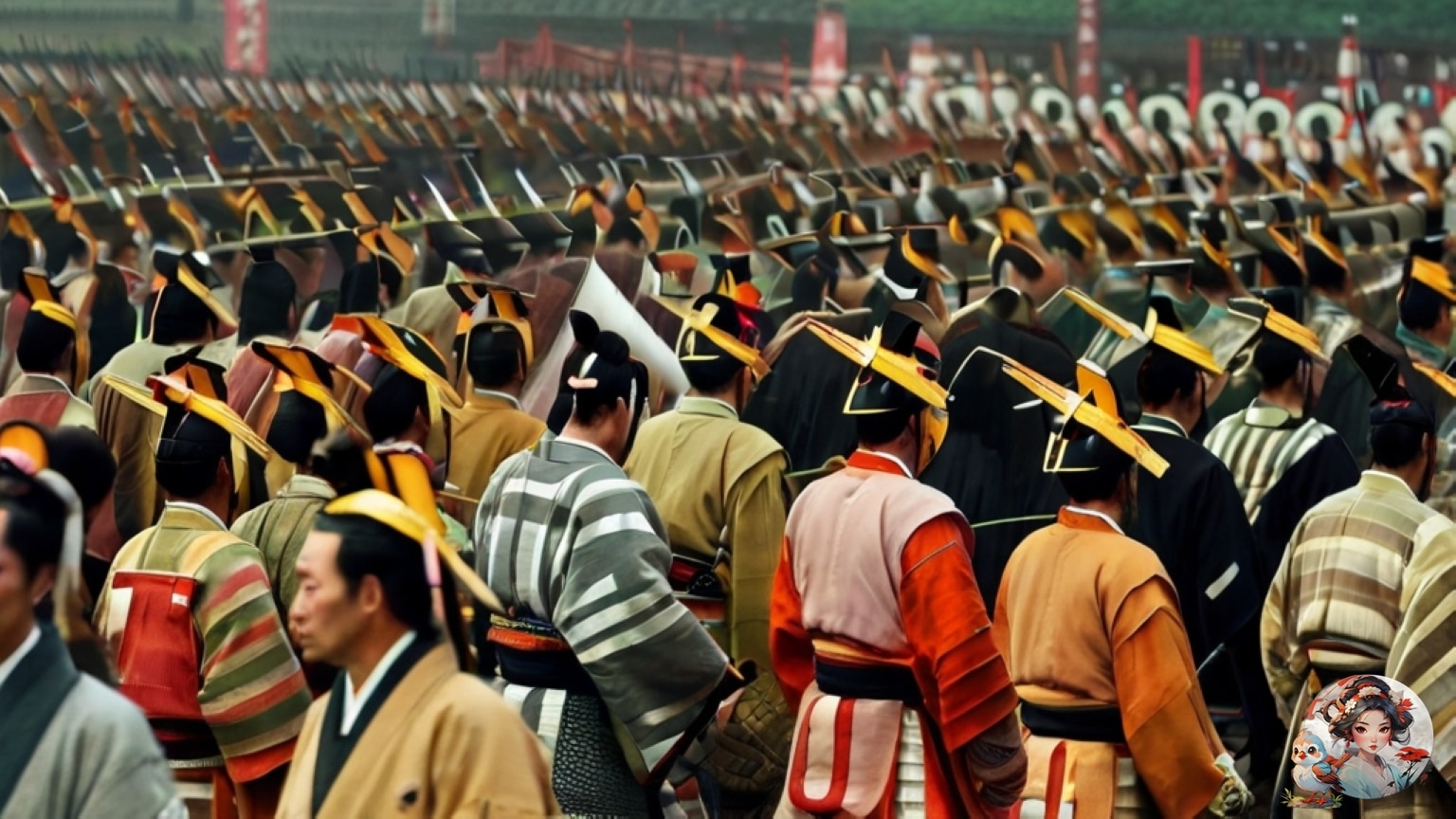
Understanding these power dynamics is crucial in comprehending the complexities of governance and influence during this historical era.
The Heian period in Japan saw major historical events that reshaped the country’s politics and culture. A rebellion in China disrupted political stability, leading to the suspension of Japanese missions to Tang China. This suspension allowed Japanese culture to grow independently, leading to the rise of the samurai class, who eventually dominated the feudal period. These events not only changed the geopolitical dynamics but also influenced internal power struggles in Japan.
Emperor Kammu’s decision to move the capital to Heian-kyō aimed to strengthen imperial authority and improve Japan’s geopolitical position. The Heian capital, modeled after the Chinese Tang capital, played a crucial role in facilitating trade and governance through river access to the sea and land routes.
The Heian period in Japan saw significant changes in the political landscape, affecting governance and power distribution within the imperial court and the aristocratic elite. The era was marked by instability as various factions within the imperial court vied for supremacy, leading to a lack of centralized authority and causing uncertainty among the ruling class. The Fujiwara clan gained unprecedented control, establishing a regency system and influencing political decisions and appointments.

Their dominance concentrated power within their family, further exacerbating the political instability and undermining the authority of the imperial court. These dynamics significantly impacted the governance structure, contributing to a complex and tumultuous period in Japanese history.
The Fujiwara regency, established during the Heian period in Japan, brought about significant changes in the country’s political landscape, impacting governance and power distribution within the imperial court and the aristocratic elite.
The Fujiwara clan’s influence was crucial in shaping the political dynamics of this era. With many emperors having mothers from the Fujiwara family, they held substantial power. The regency enabled them to control the imperial succession and effectively rule from behind the scenes. During this time, the economy relied on barter and trade, contributing to the Fujiwara clan’s accumulation of wealth.
Their political influence extended beyond the court, shaping the geopolitical factors of the time. The Fujiwara regency played a pivotal role in shaping the political dynamics and power structure of the Heian period.
During the Heian period, the establishment of the Fujiwara regency significantly influenced Japan’s geopolitical positioning and imperial authority. This had a profound impact on trade and the region’s geographical advantages. The Fujiwara regency’s control of key trade routes and access to the sea enhanced economic prosperity but also raised concerns about security and potential conflicts. The flourishing trade brought new ideas, technologies, and cultural exchanges, contributing to the sophistication of Heian Japan.
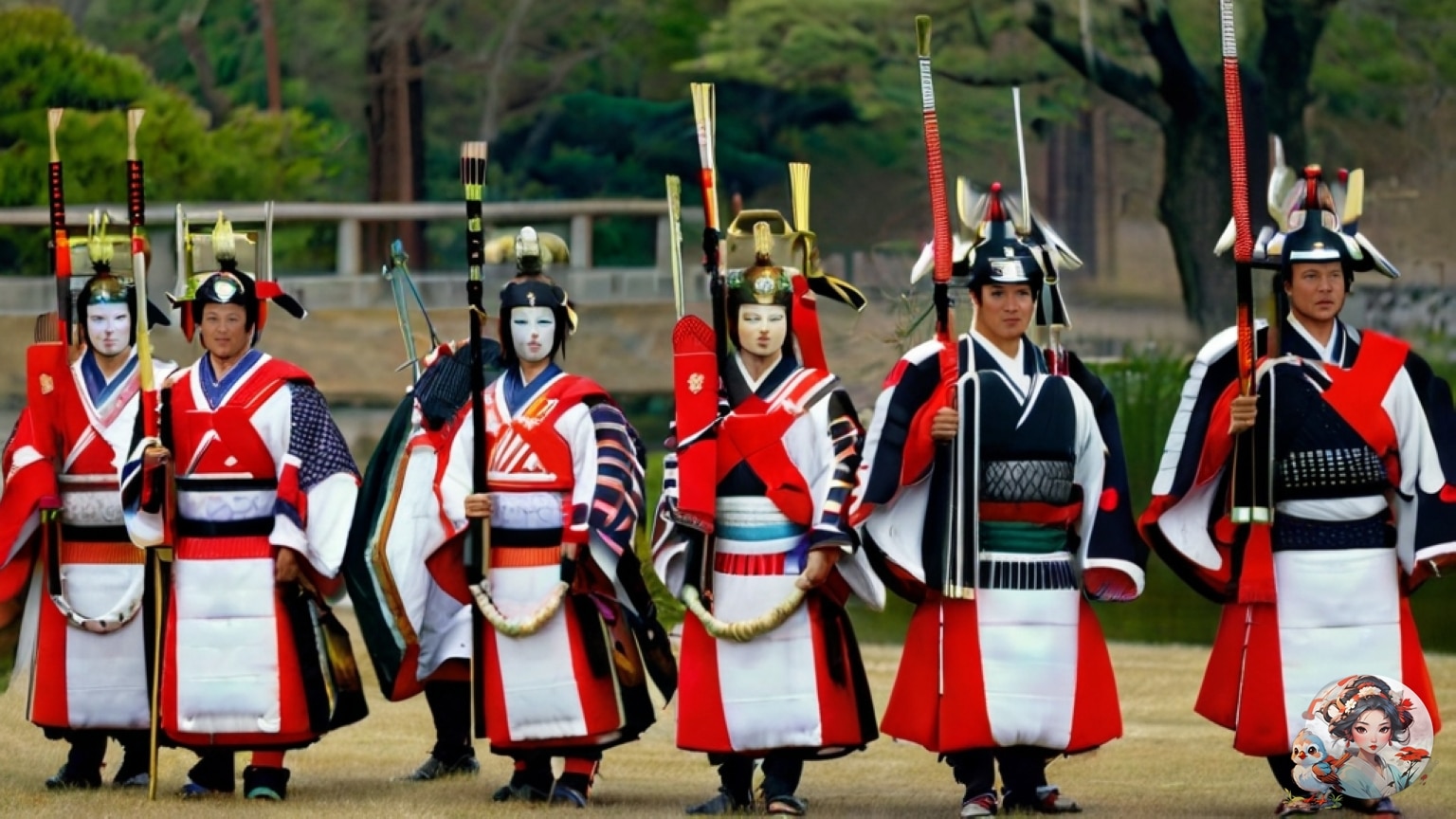
The strategic location of Heian-kyō, with river access to the sea and interconnected land routes, facilitated efficient trade and communication, consolidating its significance as a hub of political and economic activities. These geographical advantages also played a crucial role in solidifying the authority of the Fujiwara regency and the imperial court over the region.
Emperor Kammu’s decision to move the capital to Heian-kyō was a significant turning point in Japan’s political and geographical landscape, shaping the course of imperial authority and regional influence during the Heian period. Motivated by the goal of strengthening imperial authority and improving Japan’s geopolitical position, this move had a profound impact on Japanese politics.
By establishing the capital in Heian-kyō, Kammu aimed to centralize power and model the administrative system after the Chinese Tang capital, contributing to the decline of the Taika-Taihō reforms and enhancing the Fujiwara clan’s influence. The new capital’s strategic river access to the sea and its connectivity through land routes bolstered Japan’s regional influence.
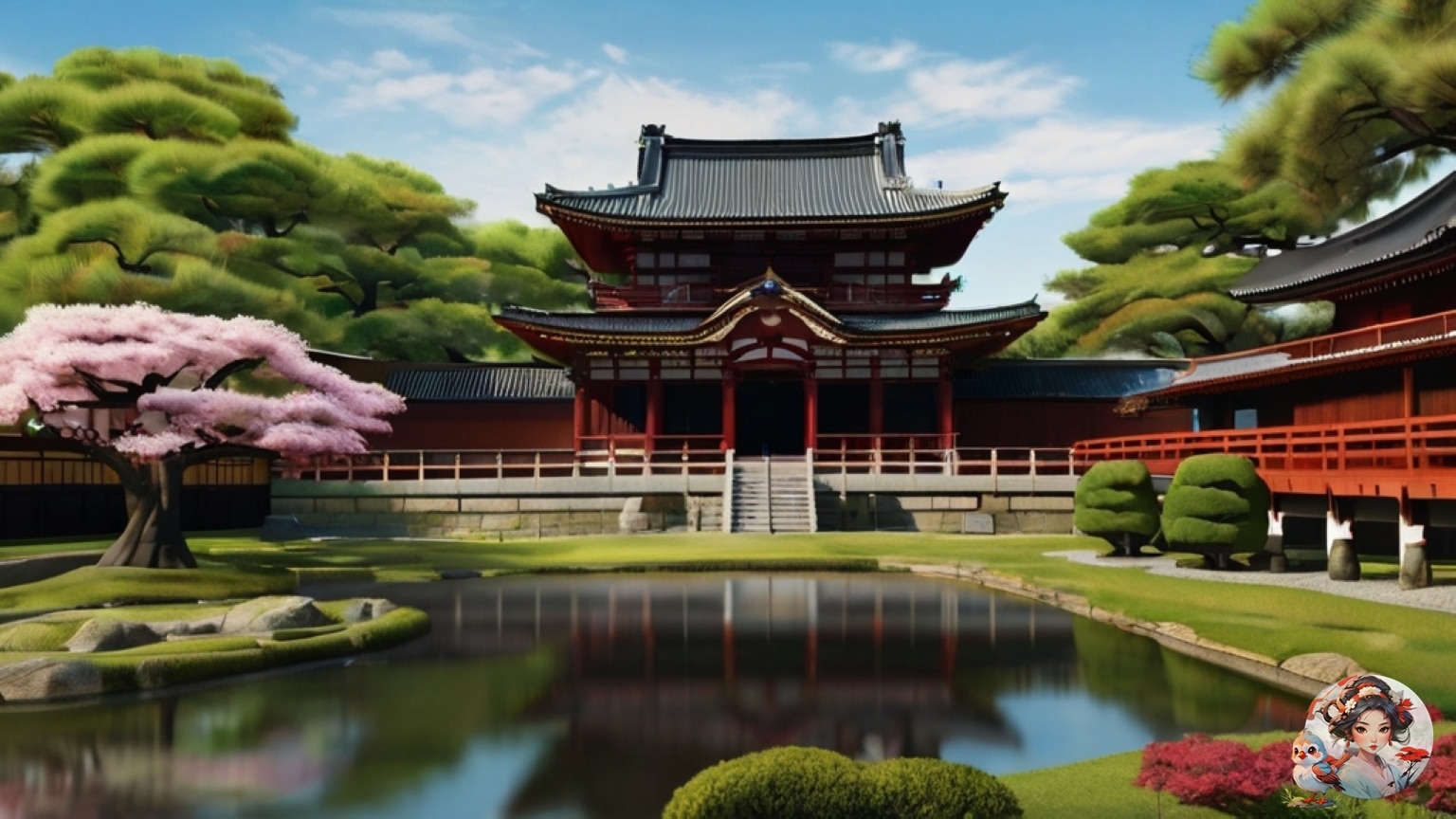
Emperor Kammu’s capital move not only redefined the political landscape but also laid the foundation for the cultural renaissance and power struggles that defined the Heian period.
During the Heian period, Japan experienced a cultural renaissance and a shift away from Chinese influences. This shift was crucial as it led to the development of two unique Japanese scripts, katakana and hiragana. These scripts not only changed the way Japanese was written but also signaled a growing sense of national identity and independence from Chinese cultural dominance. Additionally, the decline of Chinese influences allowed for the rise of vernacular literature, especially by court women.
Their literary contributions not only enriched Japanese literature but also provided a platform for women to express themselves and shape the cultural narrative. These changes in Japanese scripts and the emergence of vernacular literature by court women reflect the evolving cultural and societal dynamics of the Heian period.
The decline of Chinese influences during the Heian period set the stage for the emergence and eventual ascendancy of the samurai class, marking a significant shift in Japan’s socio-political landscape. As the central government’s control weakened, regional landowners began employing samurai warriors to protect their territories, leading to the rise of a warrior class.
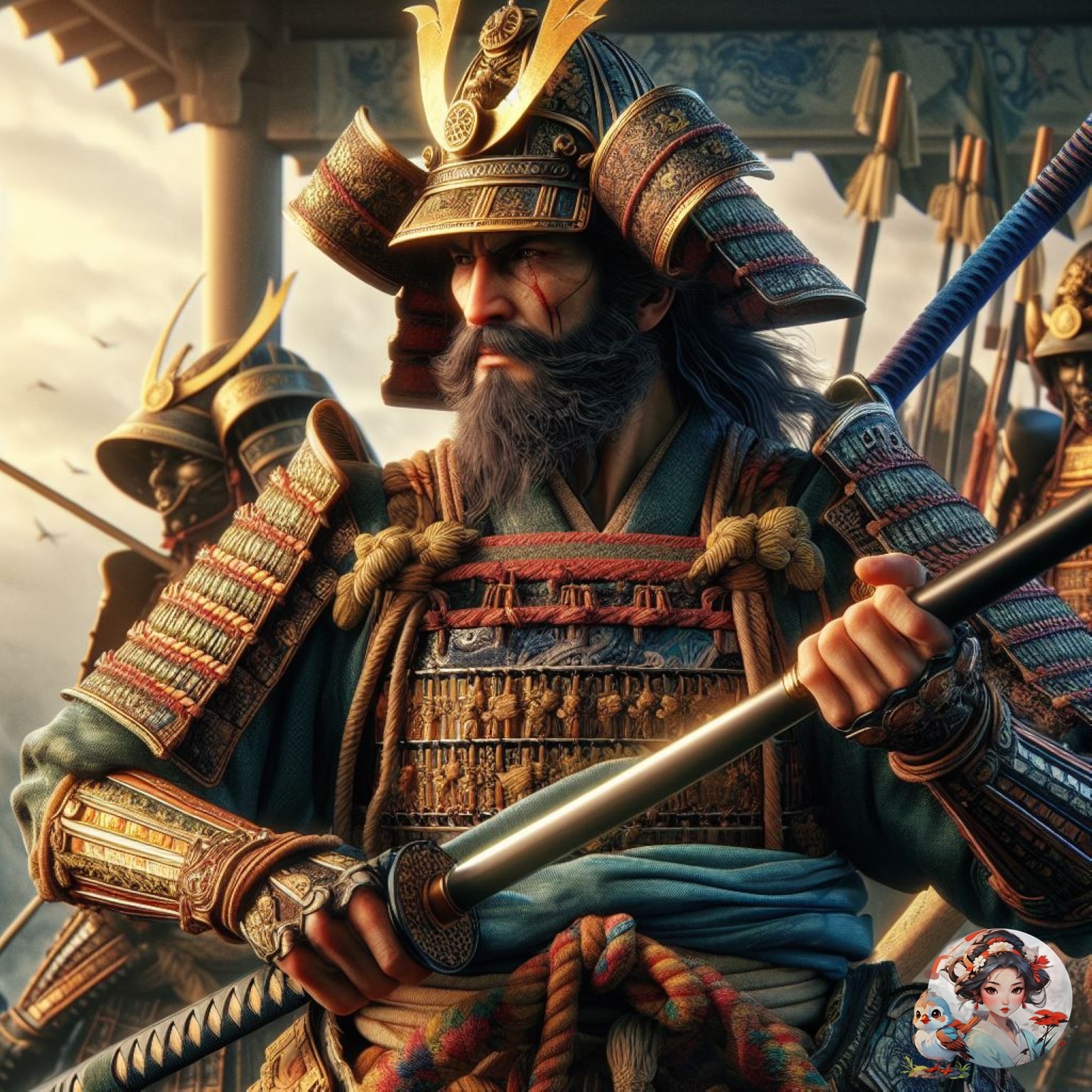
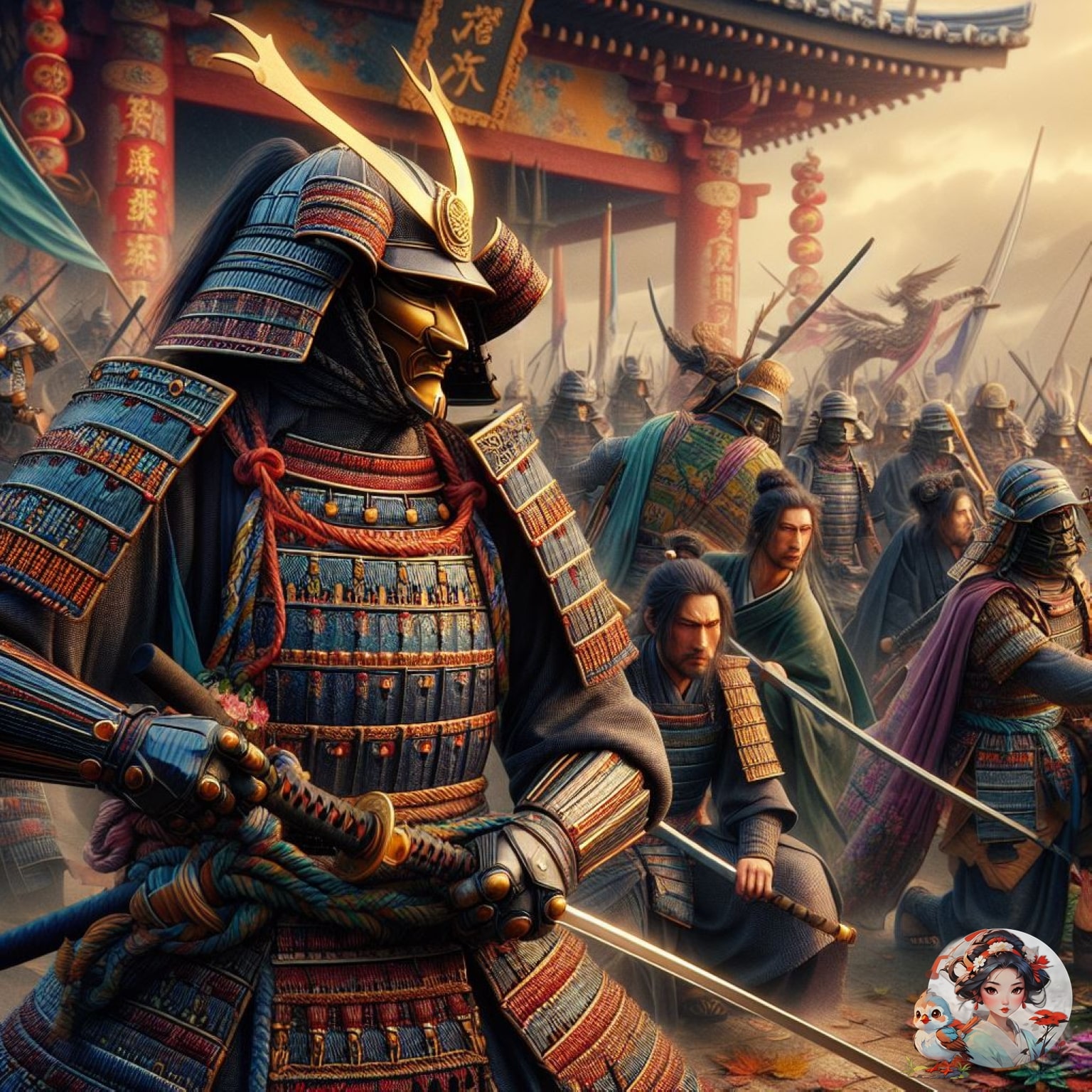
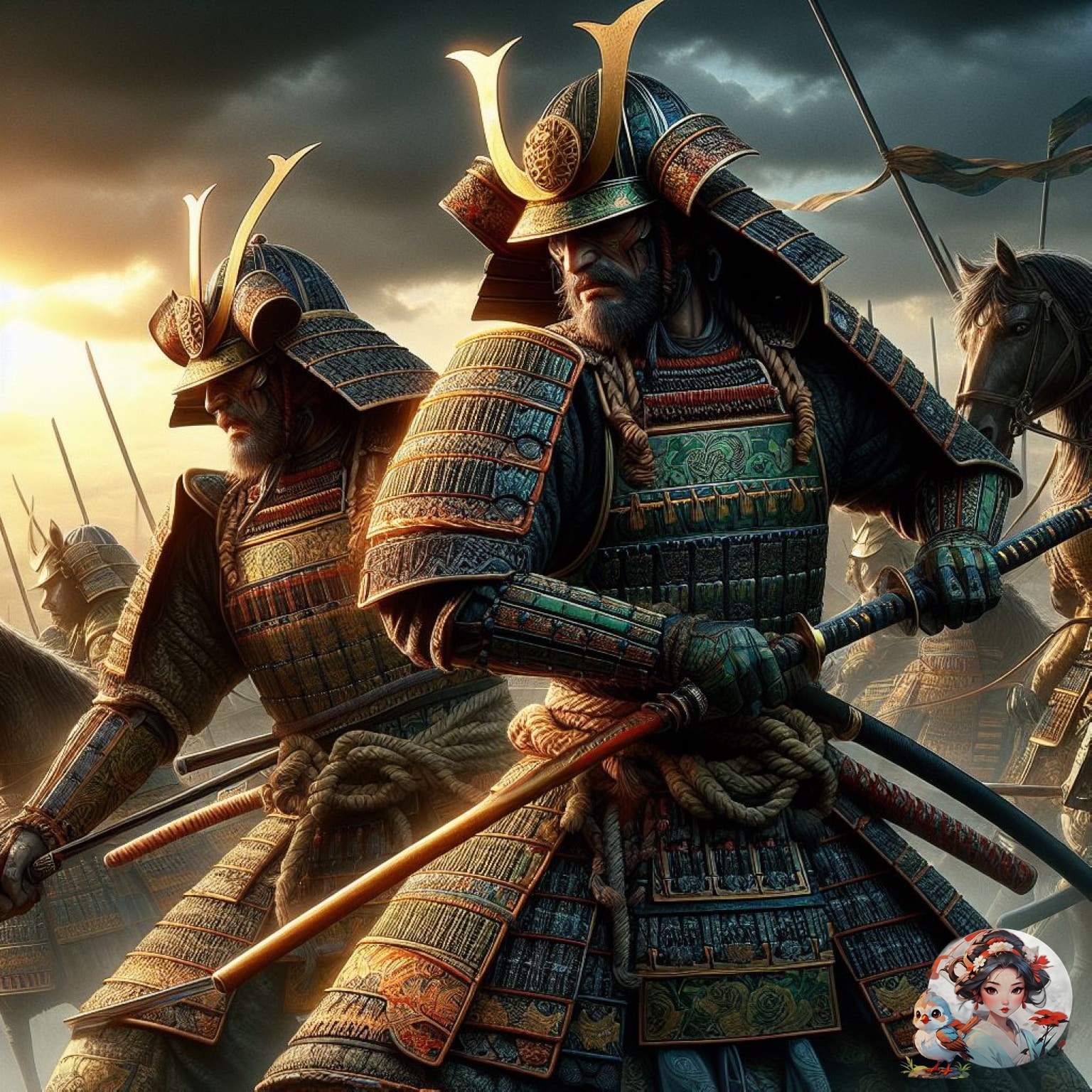
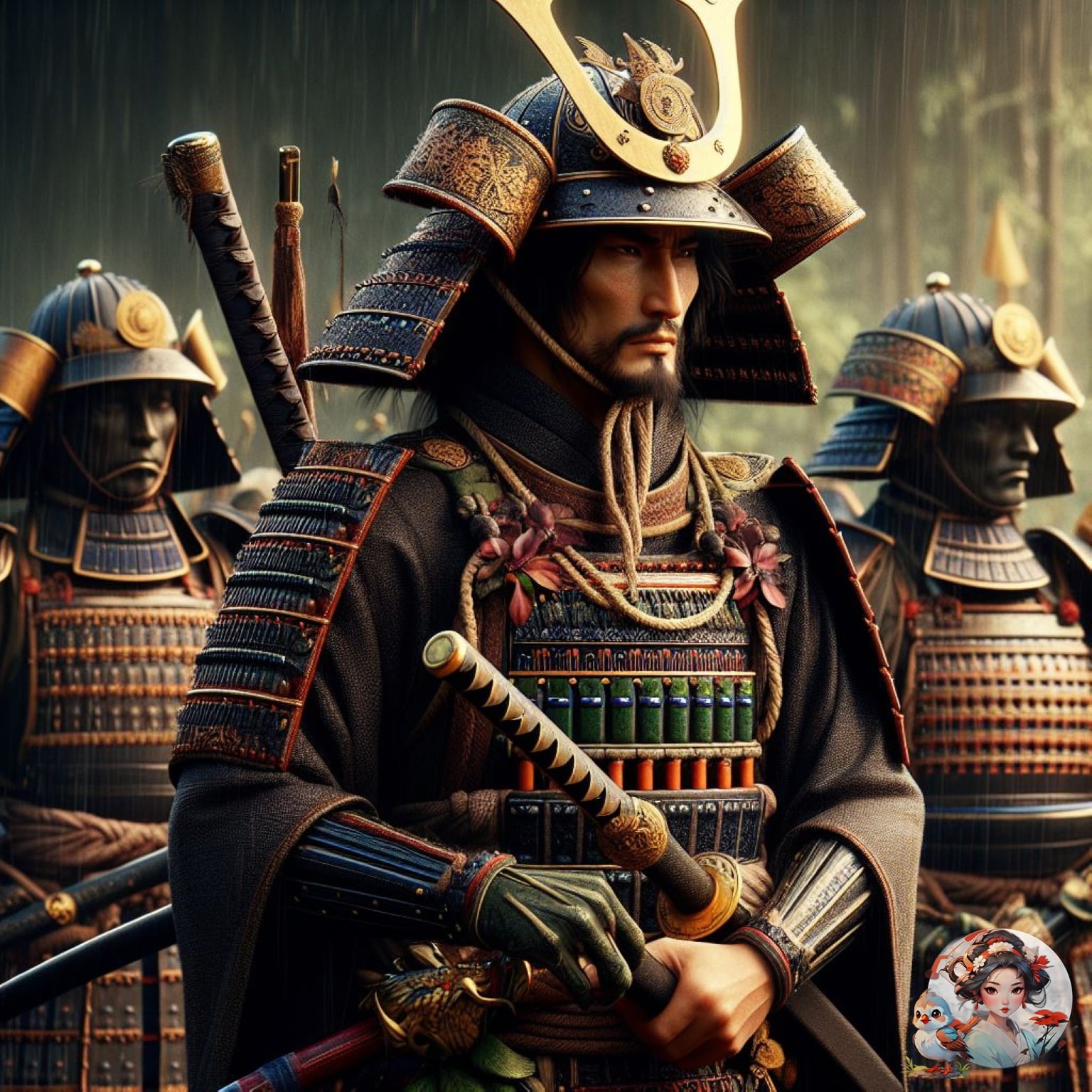
The samurai, initially guards for the imperial court, gradually gained power and influence, ultimately shaping feudal Japan. Their code of honor, Bushido, governed their conduct and loyalty to their lords. This period saw the establishment of a feudal system where samurai served daimyo, powerful landholding nobles.
Consequently, the samurai became pivotal in the governance of Japan, with their dominance lasting until the Meiji Restoration. The rise of the samurai class not only altered the power dynamics but also influenced the cultural and political landscape of Japan.
The Heian period in Japan had a significant impact on the country’s cultural and societal norms. It influenced gender roles by providing opportunities for women to contribute to art and literature, challenging traditional gender norms, and reevaluating women’s intellectual capabilities and their place in society.
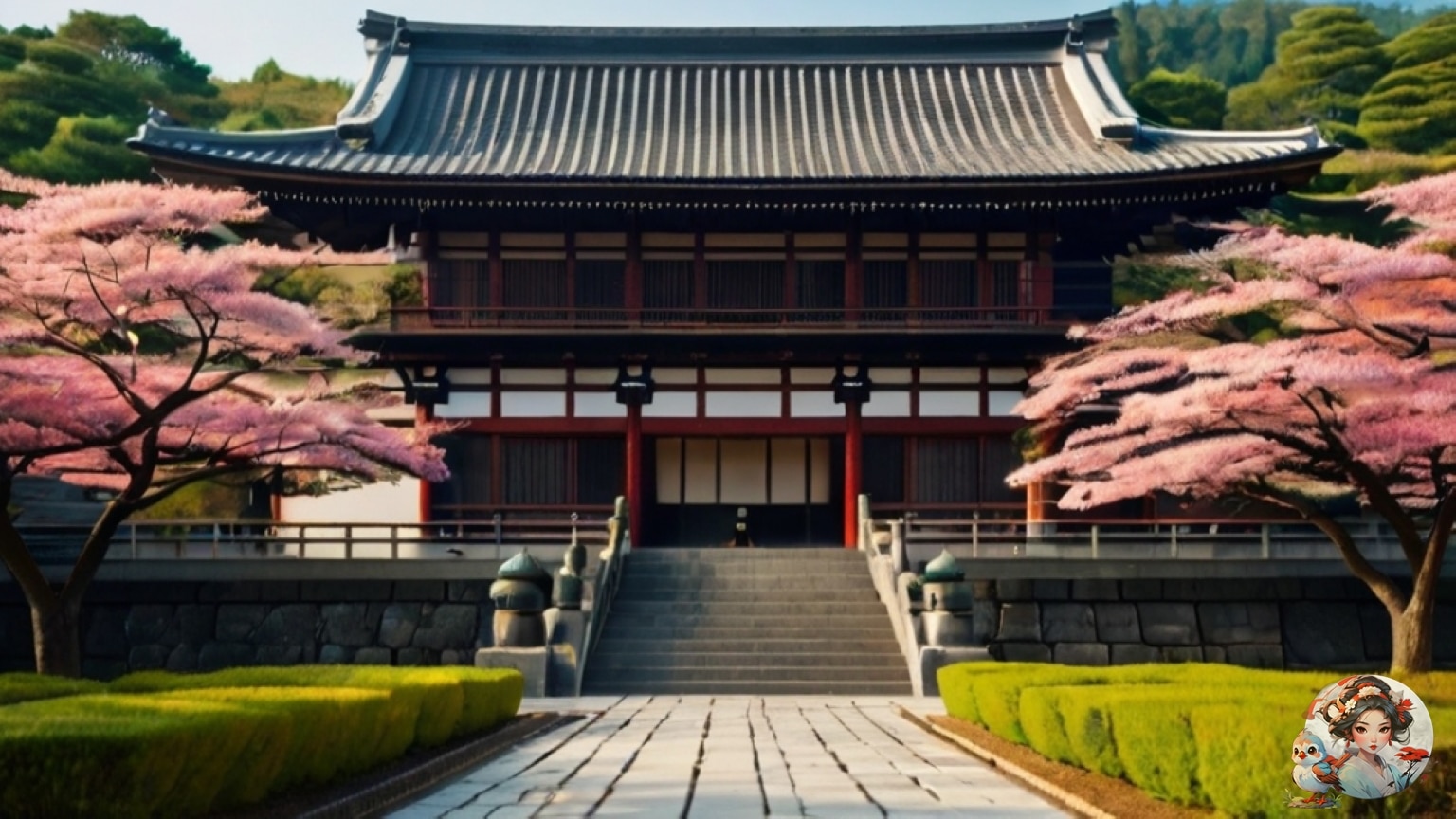
This period also saw the rise of uniquely Japanese literary forms such as the novel, poetry collections, and diaries, reflecting a shift towards indigenous cultural expression. Art and literature became integral to courtly life, serving as a means of communication, entertainment, and self-expression for the aristocracy. Overall, the Heian period left a lasting imprint on Japan’s cultural and societal fabric, shaping gender roles and fostering a rich artistic and literary heritage.